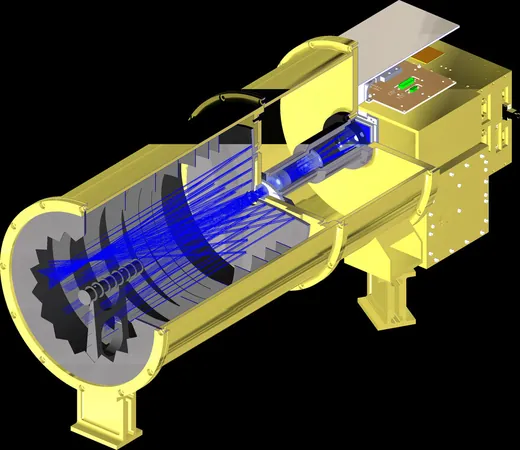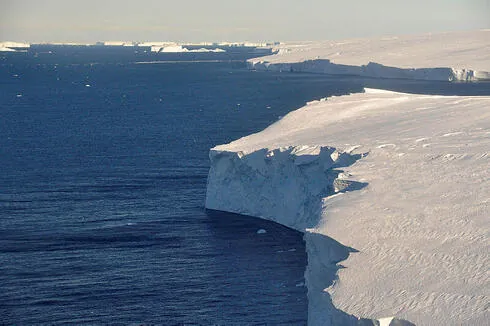
$60 Million Deal: Southwest Research Institute to Create Advanced Coronagraphs for NOAA’s Space Weather Program
2024-11-14
Author: Li
$60 Million Contract Secured by Southwest Research Institute
In a groundbreaking move for space weather observation, the San Antonio-based Southwest Research Institute (SwRI) has secured a staggering $60 million contract to design and construct three state-of-the-art coronagraphs for the National Oceanic and Atmospheric Administration (NOAA). This significant contract, awarded on November 14 by NASA on NOAA's behalf, marks a pivotal step in enhancing our understanding of solar activity and its impacts on Earth.
Understanding Space Weather Through the Lagrange 1 Series Project
The coronagraphs are part of the ambitious Lagrange 1 Series project, integral to NOAA’s Space Weather Next initiative. This initiative aims to bolster space weather forecasting capabilities, ensuring timely alerts to protect satellite operations, the power grid, and telecommunications against potentially disruptive solar events, such as the geomagnetic storms observed on May 10 and 11.
SwRI's Role in Design and Construction
Under the terms of the contract, SwRI will not only design and build these advanced instruments but also oversee testing and launch support at NOAA’s Satellite Operations Facility in Suitland, Maryland. The expected completion of this project will carry into January 2034, coinciding with the planned launch of the second coronagraph, while the third will serve as a flight spare, ready for deployment if needed.
Importance of Coronagraphs
These coronagraphs play a critical role in detecting coronal mass ejections — massive bursts of solar wind and magnetic fields rising above the solar corona or being released into space. Such phenomena can wreak havoc on Earth’s magnetosphere, leading to disruptions that could affect everything from GPS signals to electrical grids.
Collaboration Between NOAA and NASA
The collaboration between NOAA and NASA is key to the success of the Space Weather Next program, with NOAA managing the project, offering funding, and disseminating crucial data to the public. NASA’s involvement includes overseeing the development and construction of the coronagraphs and facilitating their launch.
Additional Projects by SwRI
In addition to this monumental contract, SwRI is also working on an innovative project known as the QuickSounder satellite. This project aims to integrate an Advanced Technology Microwave Sounder, refurbished by Northrop Grumman, which will enhance meteorological observations from space. The QuickSounder is slated for launch no sooner than February 2026.
The Future of Space Weather Research
As the world becomes increasingly reliant on satellite technology and as climate conditions evolve, investments in space weather infrastructure like NOAA’s Space Weather Next program become ever more essential. Stay tuned as we track the progress of these exciting developments!


 Brasil (PT)
Brasil (PT)
 Canada (EN)
Canada (EN)
 Chile (ES)
Chile (ES)
 España (ES)
España (ES)
 France (FR)
France (FR)
 Hong Kong (EN)
Hong Kong (EN)
 Italia (IT)
Italia (IT)
 日本 (JA)
日本 (JA)
 Magyarország (HU)
Magyarország (HU)
 Norge (NO)
Norge (NO)
 Polska (PL)
Polska (PL)
 Schweiz (DE)
Schweiz (DE)
 Singapore (EN)
Singapore (EN)
 Sverige (SV)
Sverige (SV)
 Suomi (FI)
Suomi (FI)
 Türkiye (TR)
Türkiye (TR)